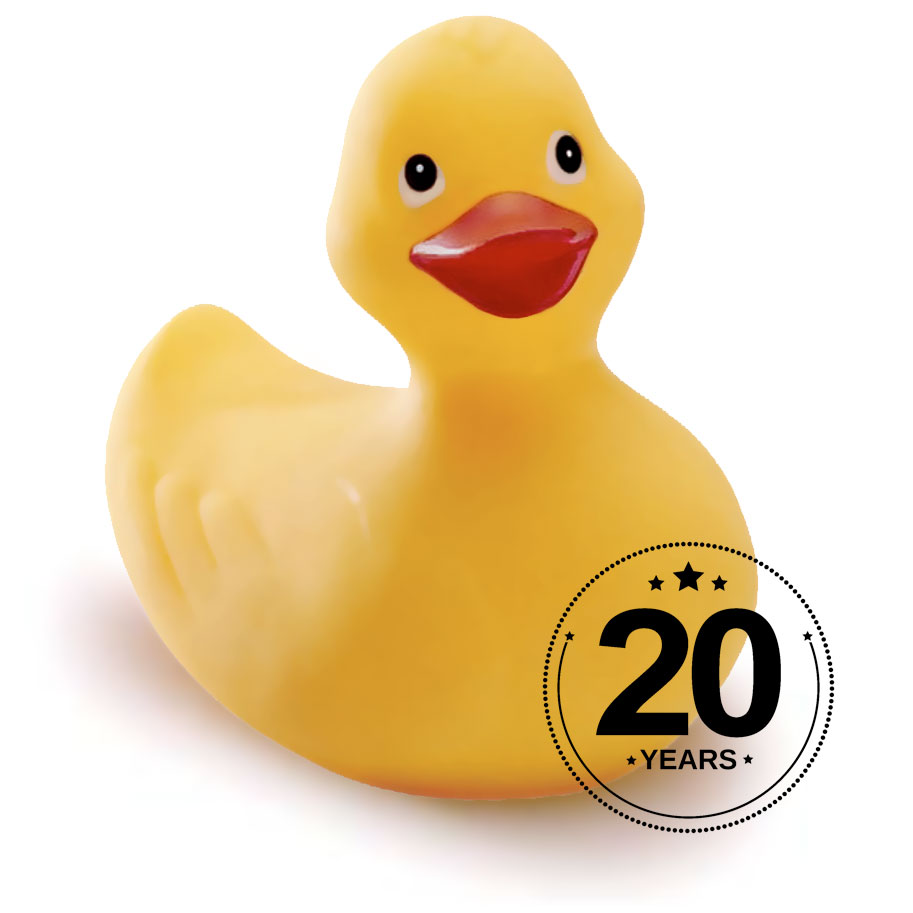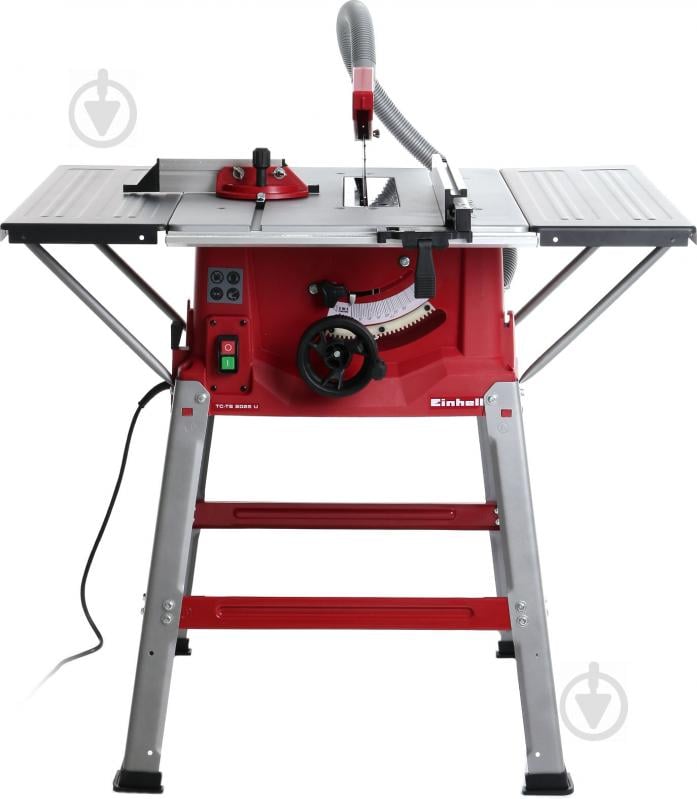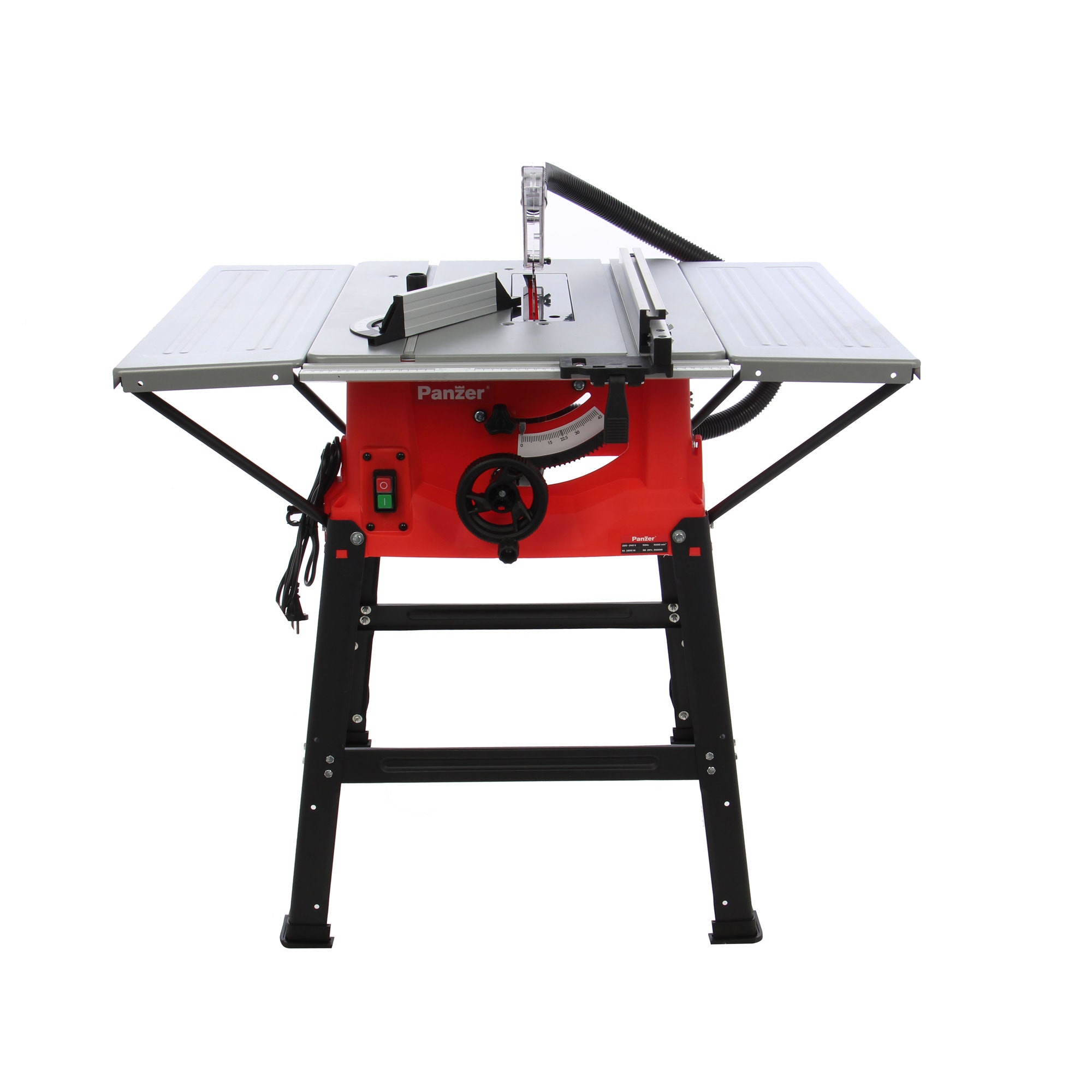When last we joined our intrepid hero, back in *checks notes* 2009.. I was working at a university, helping to run their internal cloud and they had a policy of setting up LVM for all the linux VMs, and I wrote the blog post so I could remember how to do online resizes.
I no longer work in that job, country, or sector, but I still use LVM on my home VMs, so still need them sometimes. However today I needed to extend an LVM containing a PV that was the entire disk, not just a partition, and the instructions didn’t work for me, so this is what I had to do..
root@serverName:~# df -h
Filesystem Size Used Avail Use% Mounted on
/dev/mapper/vgRoot-lvRoot 15G 7.4G 6.6G 53% /
/dev/mapper/vgData-lvData 98G 93G 0 100% /data
#
# Firstly, we see that the volume is 100% full, so we extend in VMWare to 200GB
# and rescan partition geometry
#
root@serverName:/data# echo '1' > /sys/class/scsi_disk/32\:0\:1\:0/device/rescan
#
# Next, run fdisk for info only, to check it's seen as a 200GB device. We don't make
# any changes though!
#
root@serverName:/data# fdisk /dev/sdb
Welcome to fdisk (util-linux 2.34).
Changes will remain in memory only, until you decide to write them.
Be careful before using the write command.
The old LVM2_member signature will be removed by a write command.
Device does not contain a recognized partition table.
Created a new DOS disklabel with disk identifier 0x44d591a2.
Command (m for help): p
Disk /dev/sdb: 200 GiB, 214748364800 bytes, 419430400 sectors
Disk model: Virtual disk
Units: sectors of 1 * 512 = 512 bytes
Sector size (logical/physical): 512 bytes / 512 bytes
I/O size (minimum/optimal): 512 bytes / 512 bytes
Disklabel type: dos
Disk identifier: 0x44d591a2
Command (m for help): q
#
# Correct new drive size is seen, so we rescan/resize the PV
#
root@serverName:/data# pvresize /dev/sdb
Physical volume "/dev/sdb" changed
1 physical volume(s) resized or updated / 0 physical volume(s) not resized
#
# Next, we extend the LV into the new space
#
root@serverName:/data# lvextend -L+100G /dev/vgData/lvData
Size of logical volume vgData/lvData changed from <100.00 GiB (25599 extents) to <200.00 GiB (51199 extents).
Logical volume vgData/lvData successfully resized.
#
# Verify the new space is seen in the LV
#
root@serverName:/data# lvdisplay
--- Logical volume ---
LV Path /dev/vgData/lvData
LV Name lvData
VG Name vgData
LV UUID WsxT1O-jzLF-D4fP-1AN5-ApQs-Kx6i-yQx2iA
LV Write Access read/write
LV Creation host, time ubuntu-server, 2020-08-09 05:07:00 +0000
LV Status available
# open 1
LV Size <200.00 GiB
Current LE 51199
Segments 1
Allocation inherit
Read ahead sectors auto
- currently set to 256
Block device 253:0
--- Logical volume ---
LV Path /dev/vgRoot/lvRoot
LV Name lvRoot
VG Name vgRoot
LV UUID 9bpv9H-q53y-TwUC-n8k5-vYgi-y0ay-lBY367
LV Write Access read/write
LV Creation host, time ubuntu-server, 2020-08-09 05:07:01 +0000
LV Status available
# open 1
LV Size <15.00 GiB
Current LE 3839
Segments 1
Allocation inherit
Read ahead sectors auto
- currently set to 256
Block device 253:1
#
# Finally resize the filesystem inside the LV
#
root@serverName:/data# resize2fs /dev/vgData/lvData
resize2fs 1.45.5 (07-Jan-2020)
Filesystem at /dev/vgData/lvData is mounted on /data; on-line resizing required
old_desc_blocks = 13, new_desc_blocks = 25
The filesystem on /dev/vgData/lvData is now 52427776 (4k) blocks long.
#
# And we're done!
#
root@serverName:/data# df -h
Filesystem Size Used Avail Use% Mounted on
/dev/mapper/vgRoot-lvRoot 15G 7.4G 6.6G 53% /
/dev/mapper/vgData-lvData 197G 93G 95G 50% /data
root@serverName:/data#














